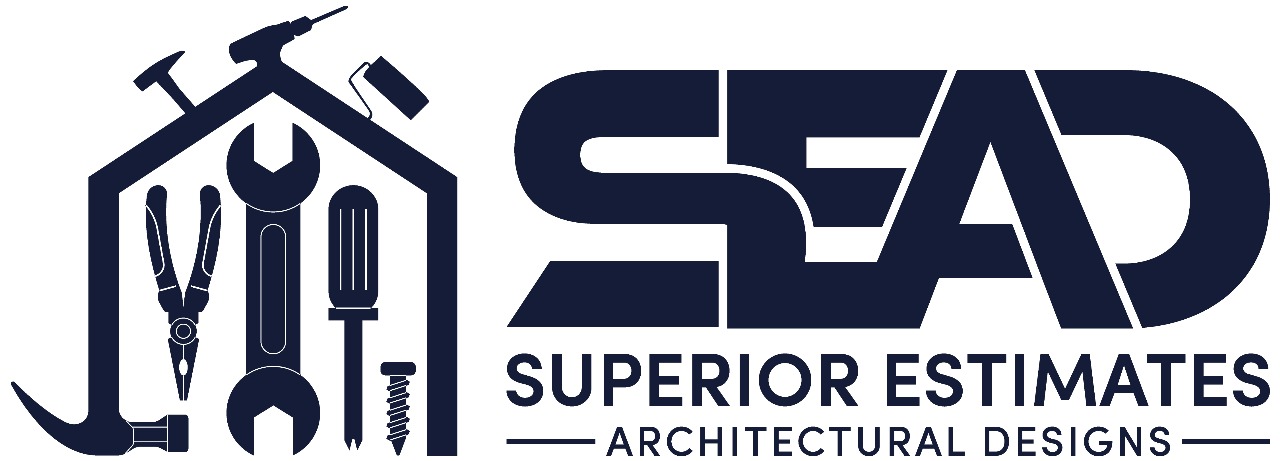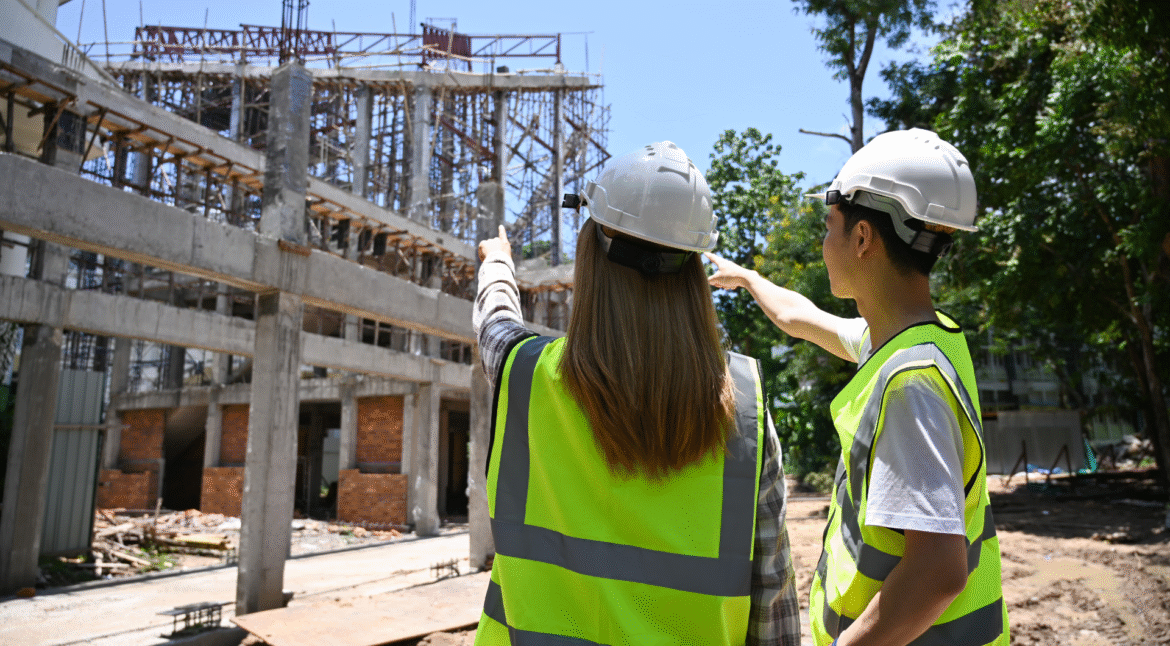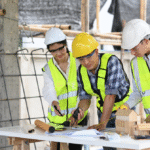Labor shortage is a major problem for the construction industry in 2025. The Associated Builders and Contractors (ABC) estimate that the construction industry is short of 439,000 workers to fulfill the current demand. The problem is bringing longer delays, higher costs, and reduced output in the industry overall.
Understanding the Root Causes
There are many things that contribute to the shortage of workers. First, since many experienced workers are about to retire, the industry does not have enough workers to take their place. Another problem is that young people are not keen on construction because they view it as demanding, with fewer opportunities to grow compared to jobs in technology. Besides, because new construction technologies are being introduced so fast, many workers already on the job are not yet able to operate them. In addition, the difficulties caused by COVID-19 are still present, such as a slow recovery of the workforce and many workers no longer working in the industry.
Implications for the Industry
The shortage of workers has many far-reaching consequences. Since companies have less staff to work on projects, delays are becoming the norm. With fewer qualified workers around, firms will have to raise wages as they try to hire, which makes their budgets less flexible. Errors in quality and safety can happen. Since less experienced personnel are likely to make mistakes, this can cause more accidents and additional rework. In addition, not having enough employees often makes companies unable to chase as many bids or take on as many projects.
SEADS’ Proactive Solutions
In the labor market, we acknowledge that dealing with shortage means we must look for inventive and strategic answers. The process starts by making use of advanced tools like PlanSwift, Bluebeam, and CostX. Thanks to these tools, we can produce exact forecasts that help our clients efficiently manage their workforce by not overloading them.
We are focusing on combining prefabrication and modular building. They bring down the amount of staff needed and space on-site, speed up finishes, and handle issues tied to changing workers’ availability. We also involve our team in value engineering at the beginning of the design phase to see if we can find ways to streamline construction by using easier-to-install materials and simplified areas to assemble. We consider digital collaboration to be a main support for our approach. By making sure everyone on the team can communicate clearly, we avoid problems and things being delayed due to miscommunication. This method makes sure the labor supply is used to the greatest extent possible.
SEADS may not give labor on site, but we aid in promoting professional growth and training for employees. We suggest methods of training, link our clients with trade schools, and advertise apprenticeship opportunities to increase the talent supply for the industry.
Partner with SEADS
The fact that construction companies have a tough time finding enough workers is a slow-moving and complicated issue. Even so, if a company uses the right strategies and creative ideas, it can adapt and do well. Our company’s mission is to help clients make smarter solutions instead of just building larger ones. We make sure that developers and contractors can address their labor issues successfully. Using proper budgeting, employee-saving design, and digital project planning, we make sure your company can still perform at a high level even when there are not enough staff members. Working together, we can ensure our projects are ready for the future and can endure challenges.



